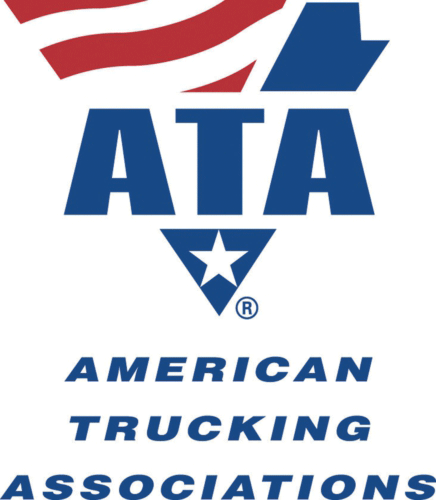By Dan Horvath, Vice President of Safety Policy, American Trucking Associations
America needs more truck drivers.
The demand for drivers is strong and will only keep growing for the foreseeable future. With the current strain on the world’s supply chain, pay and earnings have gone up significantly for truck drivers—a career that was already a well-paying path to the middle class for Americans without a college degree. Meanwhile, a lack of drivers leads to empty shelves at the market and delays getting the products we need.
But lies and misinformation about new national training standards may be keeping prospective drivers away at this critical point. It’s important that everyone in the trucking community understands what is fact and what is fiction when it comes to the federal Entry-Level Driver Training (ELDT) requirements that are set to go into effect on February 7, 2022.
The new requirements establish a single, national standard for obtaining a commercial driver’s license. This has been a long-time coming: it was first mandated by Congress back in 2012, before the rulemaking process and IT issues at the state and federal levels caused successive years of delay. We do not anticipate any further delays beyond February 7.
So, what’s actually changing with this new ELDT? For most current drivers and for organizations that have a structured training program in place today, the truth is – not much.
First off, if you are already hold a commercial driver’s license, by and large you will not be affected. The revised ELDT regulations apply only to drivers seeking to 1) Obtain a Commercial Driver’s License (CDL) for the first time; 2) Upgrade their existing CDL from Class B to Class A; or 3) Obtain a new hazmat, passenger, or school bus endorsement.
Secondly, despite false rumors spreading on social media, the process for obtaining a CDL will not markedly differ from what takes place today. Prospective drivers will be required to complete theory instruction and behind-the-wheel instruction before taking their skills test to obtain their CDL. There are no minimum number of hours as part of this training. The new ELDT simply means everyone will be using the same training curriculum nationwide. In fact, the Federal Motor Carrier Safety Administration (FMCSA) estimates that 85% of entry-level drivers already receive training curricula that meet the ELDT requirements.
Third—and here is where rumors are the most outrageous—there are no new exorbitant costs nor minimum training hours required with the ELDT. Prospective drivers do not have to go to a truck driver training school and can still receive training from the same places: educational institutions, motor carriers, rural cooperatives, school districts, joint labor-management programs, commercial motor vehicle (CMV) schools and other venues. For carriers this means if you conduct in-house training today, you’ll still be able to do so after the new ELDT rule becomes effective.
Most training providers won’t have to change their programs to comply with ELDT requirements. There are no required minimum instruction hours for theory training. Training providers must use assessments to determine if trainees are proficient in all units of the theory curriculum. There are also no required minimum instruction hours for behind-the-wheel (BTW) training. Training is complete when the training provider determines that a trainee is proficient in all elements of the BTW curriculum.
What will change is that training providers will have to meet minimum training requirements issued back in 2016 and register online with FMCSA’s Training Provider Registry.
These new rules establish consistent and effective training requirements and will help reduce the failure rates for the State Driver Licensing Agencies-administered skills test, thereby helping drivers to obtain CDLs more efficiently and improve the supply chain. Most training programs already meet or exceed ELDT requirements and will be able to continue training new drivers without disruption.
Additionally, the Training Provider Registry will make it easier for new drivers to find qualified training providers, increasing the likelihood that a prospective driver actually signs up for and completes training.
We at the American Trucking Associations estimate that we need 80,000 additional truckers on the road today to meet the economy’s current freight demands. In order to fill that gap, we must make entry into our field obtainable, affordable, reliable, and understandable. Misinformation about efforts to do just that doesn’t help anybody.
